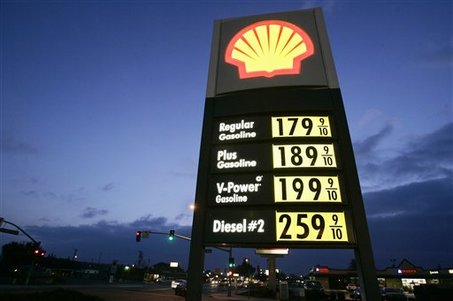
Are you thrilled by cheap gas prices when you travel through the deep South or stunned by how pricey they are when you visit New York?
Just remember those extremes aren’t as easy, or hard, on your wallet as they seem.
According to conventional wisdom, the Southeast is usually the cheapest region of the country for gasoline, while the Northeast is among the most expensive.
And that’s true, based purely on price per gallon.
But when you factor in average gasoline usage and local wages, the yearly cost of filling up looks a lot different.
With the Labor Day travel weekend approaching, a new study by GasBuddy reveals that the average amount of local labor needed to fill up your car is lowest in several states in the Northeast. Meanwhile, several states in the southeast are comparably more expensive.
“There are some surprises here,” said Patrick DeHaan, head of petroleum analysis at fuel-savings app GasBuddy. “You tend to see areas that are more rural that have challenged incomes or lower median hourly wages where the true cost of filling up is more hard work than other areas.”
To gauge the true cost of filling up, GasBuddy calculated the average amount of gasoline consumed per driver for every state, average hourly wages in those states and the average gas price for each state as of Aug. 1.
That allowed the researchers to assess “how much work it would take” to fill up for a year, DeHaan said.
The upshot is that states in the Southeast, which is usually one of the cheapest areas in the country to fill up, are surprisingly expensive.
For example, Mississippi, which had the second-lowest average price per gallon in the country on Thursday ($2.20), ranks as the fifth most expensive state in the country, requiring an average of 100.3 hours of work to pay for a year’s worth of gas.